That Shady Spot in Your Yard? It’s Your Garden’s Secret Weapon
I can’t tell you how many times I’ve stood in a beautiful yard with a client, and they’ll point to that one dark corner with a sigh. You know the one—under that huge maple tree or along the north side of the house. “Nothing grows there,” they say. “It’s just wasted space.” I totally get the frustration. The sunny spots with their flashy roses and lavender get all the glory.
In this article
But honestly, I’ve come to see shade not as a problem, but as an opportunity. It’s a chance to create a calm, cooling retreat that feels like a secret escape, packed with lush textures and subtle, elegant colors. The trick isn’t to fight the shade. It’s to understand it and choose plants that actually want to live there.
So many people get discouraged because they try to force sun-loving plants into the shadows, and well, it never ends well. The real secret is to learn to read your own yard. Once you figure out what kind of shade you’re really dealing with, a whole new world of beautiful plants opens up. It’s about creating a little ecosystem where everything works together.
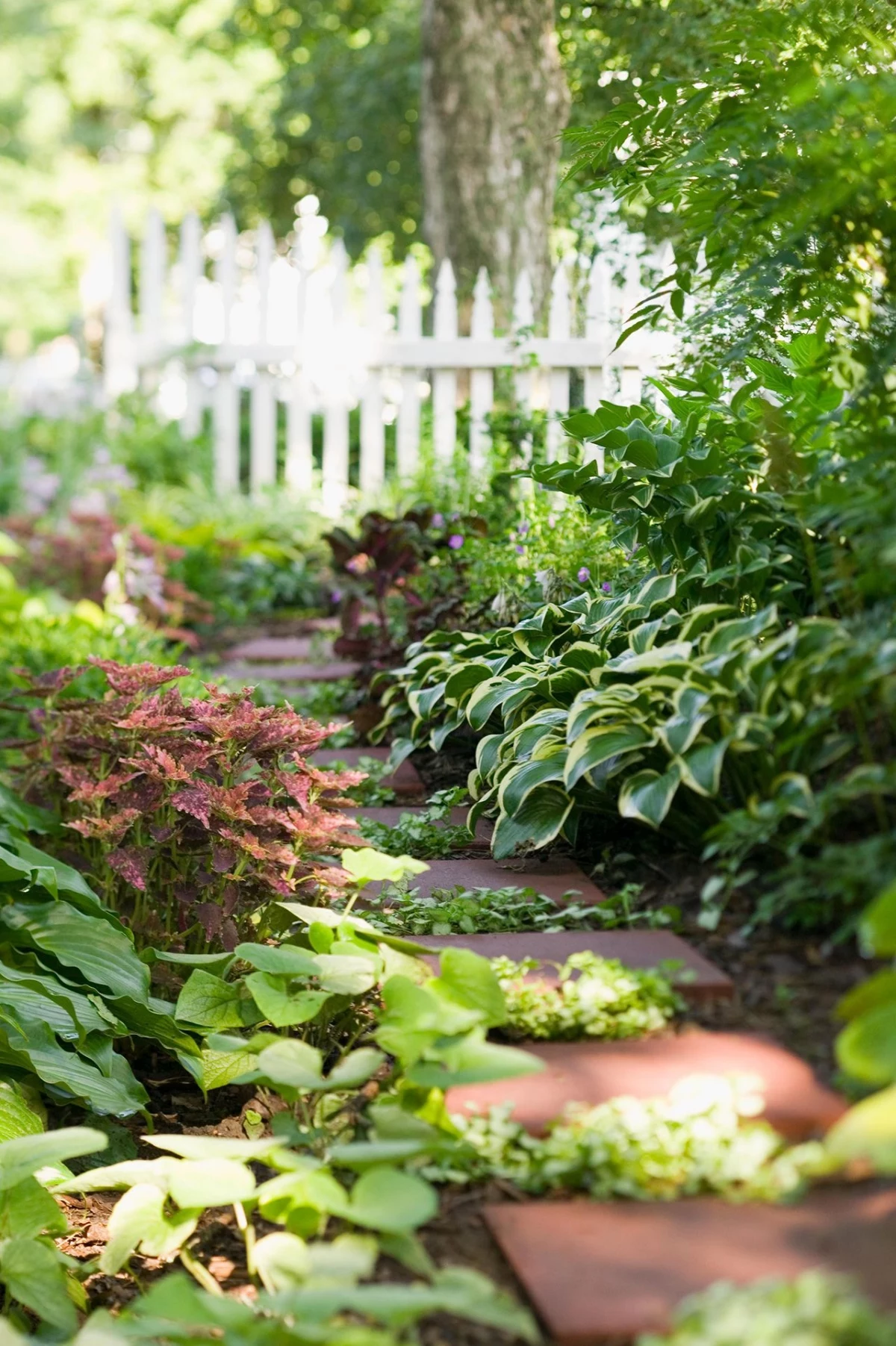
First, Let’s Figure Out Your Light Situation
Before you even think about buying a single plant, you have to become a student of the light in your garden. “Shade” isn’t just one thing. I’ve worked in gardens where the “shade” was bright and airy, and others where it was dark and frankly, a little gloomy. The quality and amount of light you get changes everything.
Here’s a super practical way to do this. For one week, make it a point to go outside at three different times: say, 9 AM, 1 PM, and 5 PM. Snap a quick photo of your shady spot each time, or just jot down some notes. Is it getting any direct sun at all? Is the light dappled and moving, or is it just consistently dark? At the end of the week, you’ll have a much clearer “light map” of your yard.
Decoding Your Shade Type (And What to Do About It)
Okay, based on your observations, you can probably figure out which of these categories your spot falls into. This is the key to finally getting things to grow.
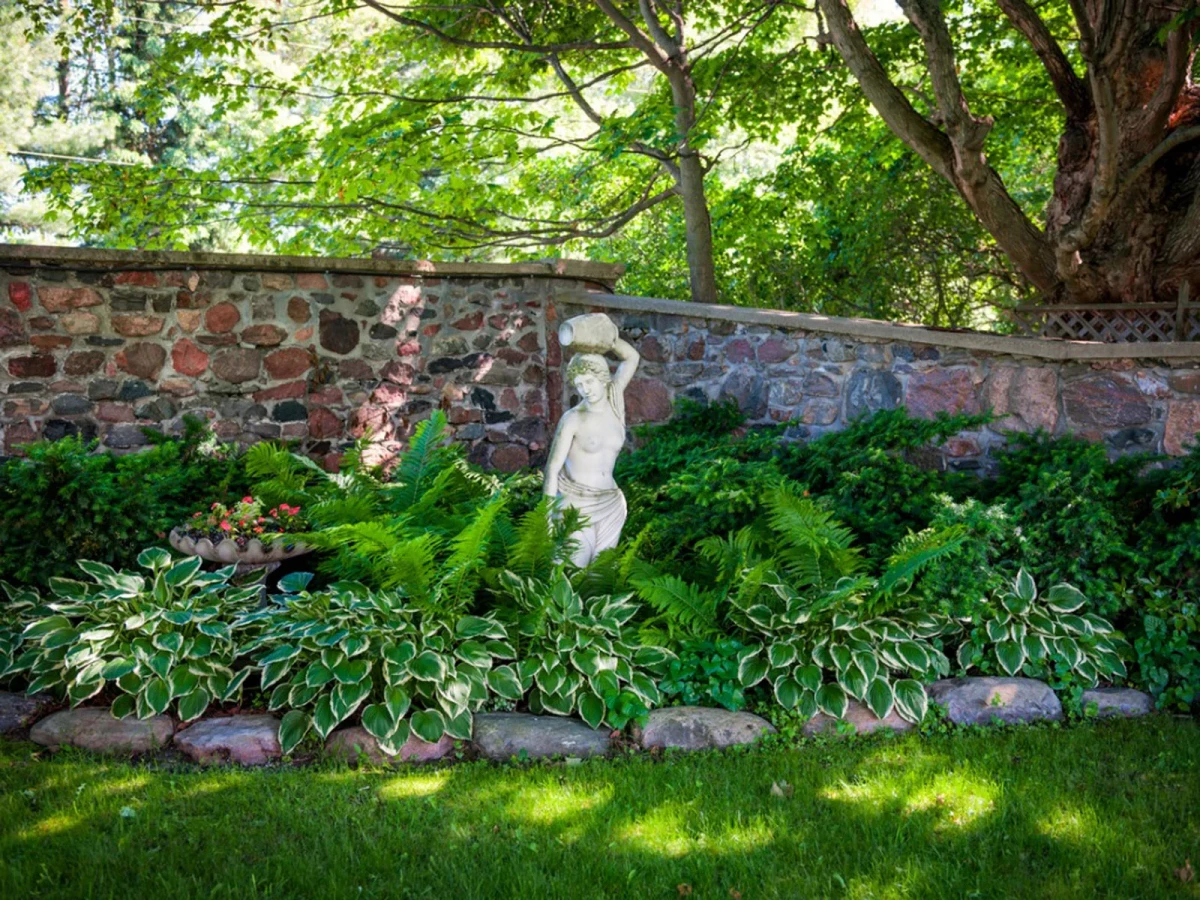
Full Shade
This is the tough one. It means an area gets less than three hours of direct sun a day, and what it does get is usually pretty weak. Think of that narrow walkway between your house and the neighbor’s, or the dense shadow from a row of pine trees. The challenge here is both the lack of light and often, a lack of good airflow.
- Your Go-To Plants: Don’t despair! You can still have life here. Look for plants that value texture over flowers. The undisputed champ is the Japanese Forest Grass (Hakonechloa) ‘Aureola’. Its bright, chartreuse blades literally look like a spotlight in a dark corner. A good one will run you about $20-$25 at a local nursery. Also, many ferns, like the sturdy, evergreen Christmas Fern, will thrive here.
Partial Shade (or Partial Sun)
This is the most common and flexible type of shade. It means the area gets between three and six hours of sun. The big question is when that sun arrives. Morning sun is gentle and cool, which is perfect for a huge range of plants. Afternoon sun, on the other hand, is a blowtorch. A plant that loves four hours of morning sun might get totally fried in two hours of hot afternoon rays.
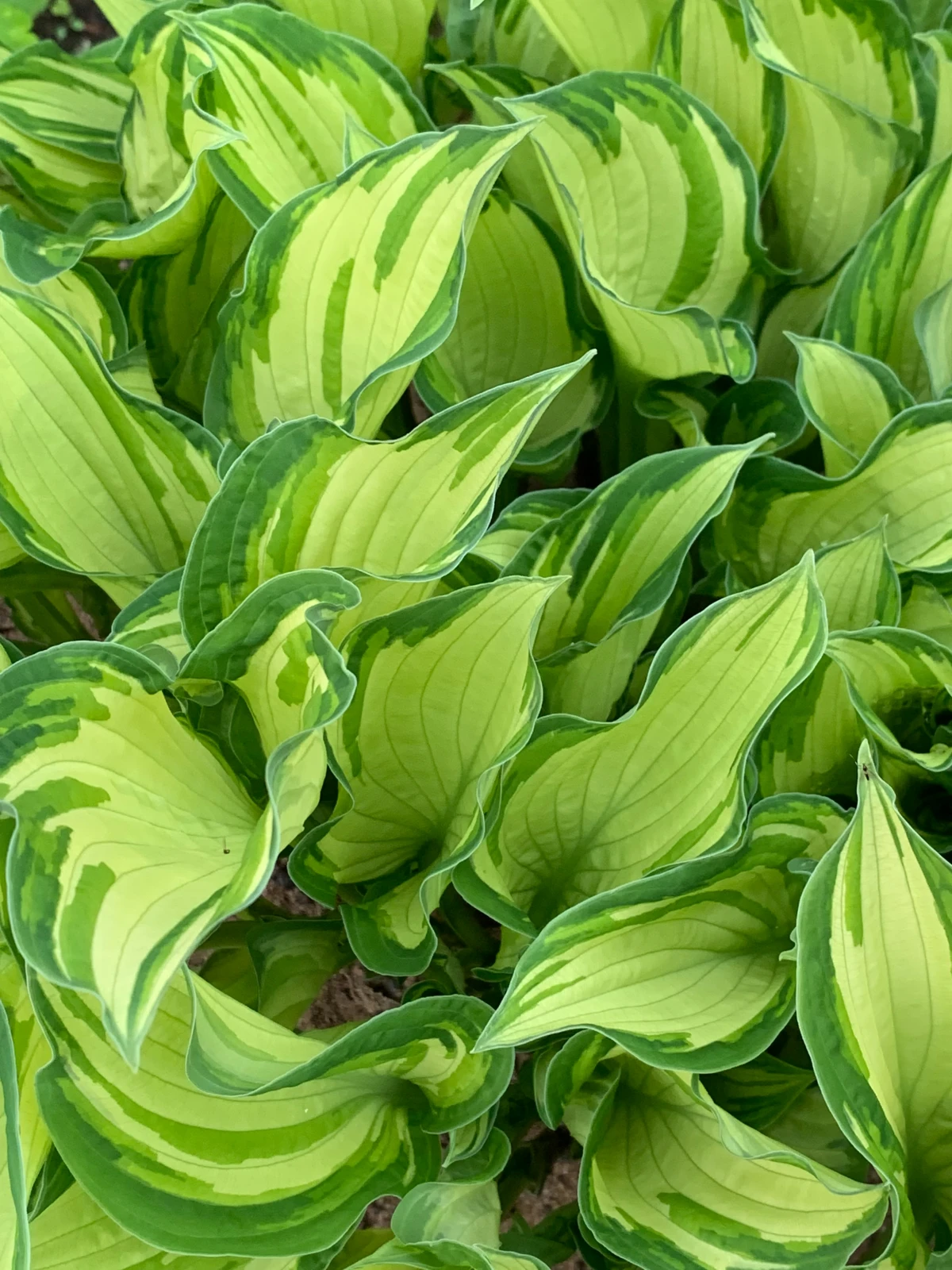
- Your Go-To Plants: This is where the real fun begins! Hostas are the kings here. For a spot with morning sun, grab a blue-toned variety like ‘Halcyon’ for its thick, slug-resistant leaves (around $15-$30 depending on size). If you need to brighten things up, a gold-leafed variety like ‘Sum and Substance’ is fantastic. This is also the perfect home for Astilbe, with its feathery flower plumes, as long as your soil stays reasonably moist.
Dappled Shade
Oh yeah, this is my absolute favorite. This is that magical, shifting light you find under a tree with a high, open canopy, like a honey locust or a birch. The light moves all day, protecting plants from the worst of the sun but giving them plenty of energy to grow. It’s the best of both worlds.
- Your Go-To Plants: You can grow almost anything that’s labeled “partial shade” here. This is the ideal spot for the stunning Japanese Painted Fern, with its silvery fronds and purple stems. It’s also perfect for Coral Bells (Heuchera), especially the vibrant ones in shades of lime green or deep purple (‘Palace Purple’ is a classic for a reason). And a personal favorite, Siberian Bugloss ‘Jack Frost’, with its silver, heart-shaped leaves and delicate blue flowers, is a total showstopper here. Expect to pay $15-$25 for a healthy one.
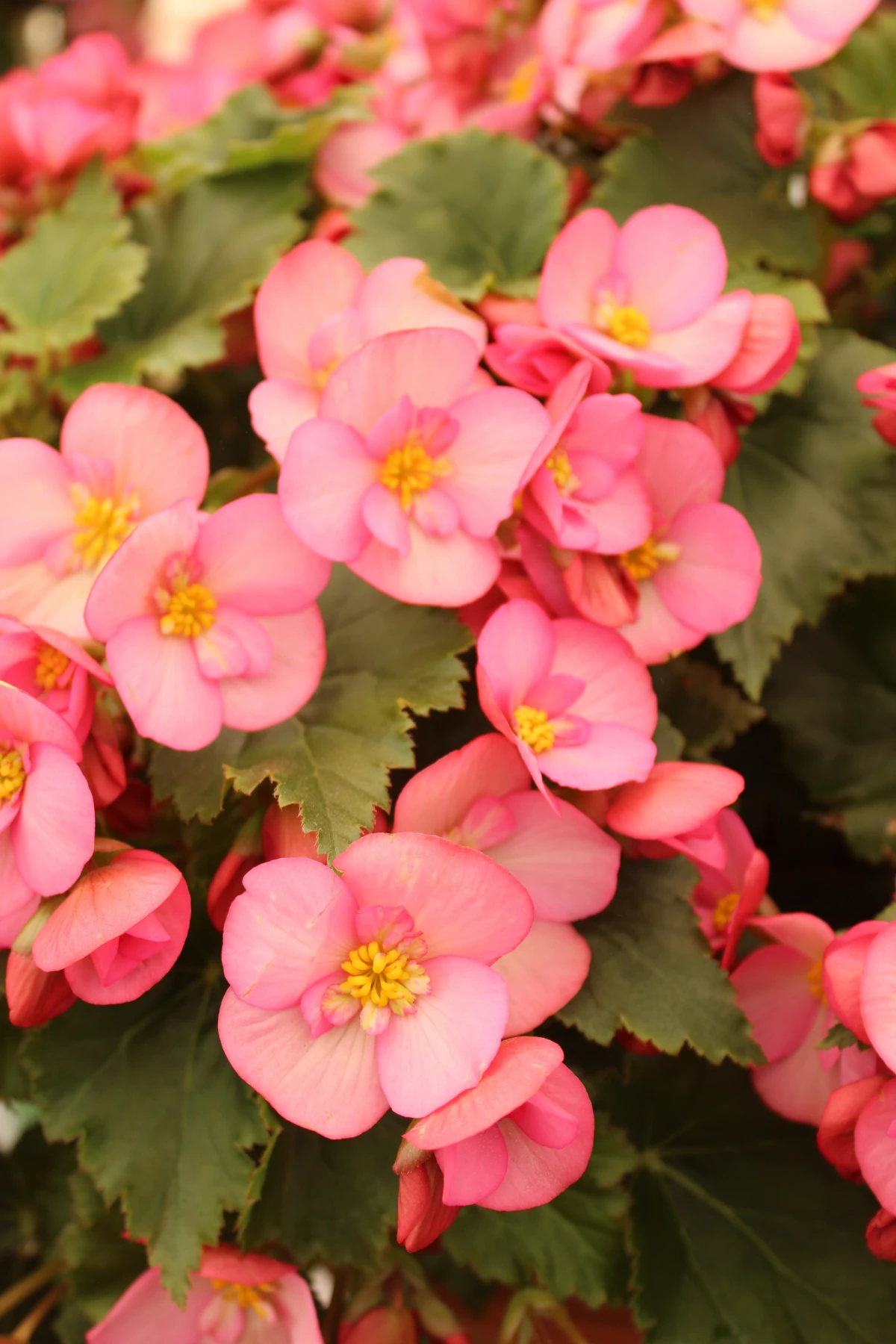
Dry Shade
This isn’t really a light category, but it’s a condition that goes hand-in-hand with shade. It’s that notoriously difficult spot right under a big, thirsty tree—especially a maple or a beech. Their dense, shallow roots suck up every drop of water and nutrient in sight. Planting here is a real battle.
- Your Go-To Plants: You have to bring in the special forces for this job. My number one pick is Bishop’s Hat (Epimedium). It’s tough as nails, has delicate flowers in the spring, and leathery leaves that look good all season. Another hero is the Lenten Rose (Hellebore), which has gorgeous, cup-shaped flowers in late winter or early spring and evergreen foliage. These plants are pricier, often $25-$40, because they’re slower to grow, but they are an investment that pays off.
Your Foundation: It’s All About the Soil
Shady spots don’t just have less light; their soil is usually pretty crummy, too. Under a tree, it’s often dry, compacted, and full of roots. Next to a house, it might be poor-quality fill dirt. The single best thing you can do is add organic matter. This is non-negotiable.
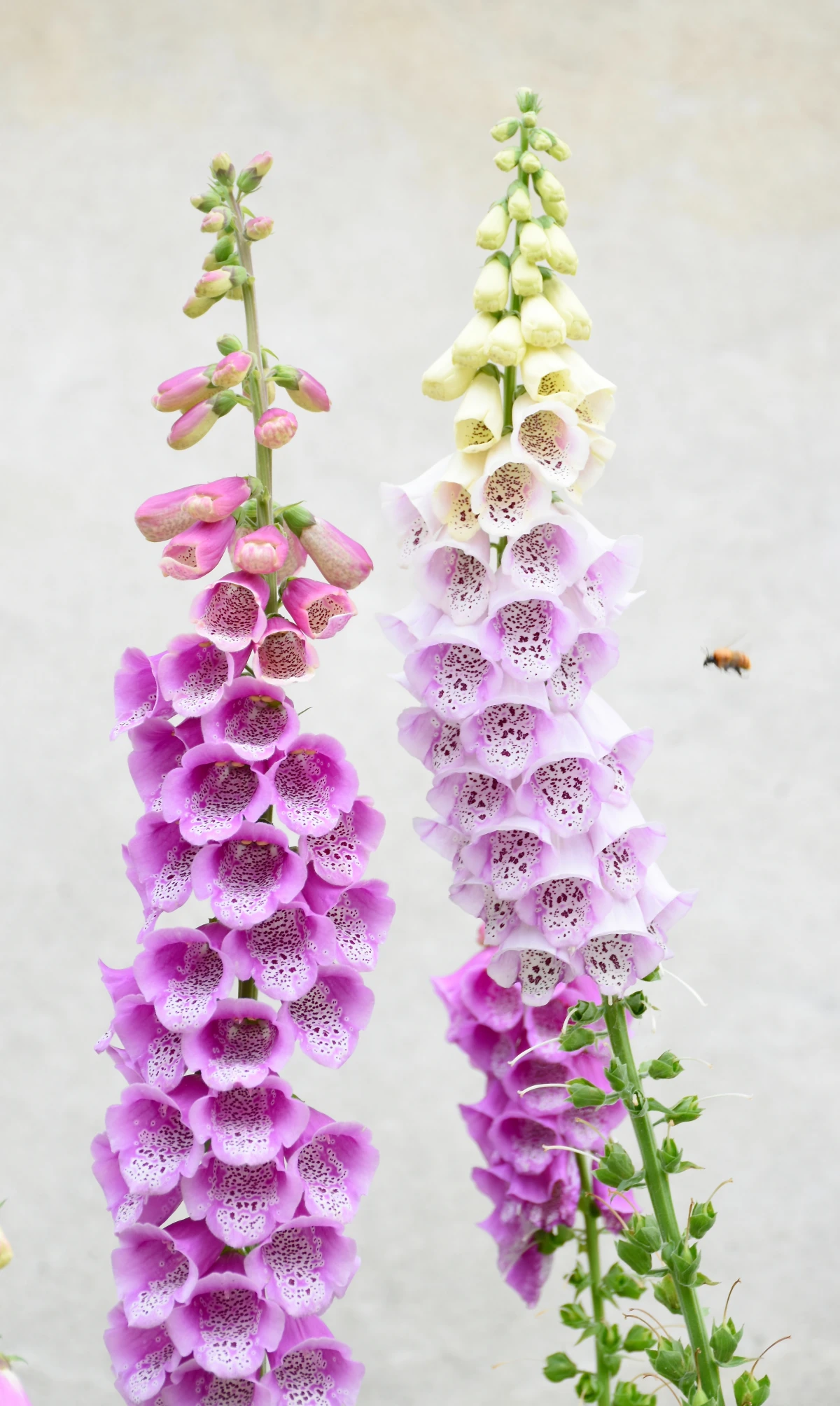
My go-to is compost or leaf mold. By the way, leaf mold is just what it sounds like: decomposed leaves. It’s what nature uses to build those amazing, rich forest floors. You can buy bagged compost at any garden center or big-box store like Lowe’s for about $5-$8 a bag. For a whole new bed, it’s cheaper to get a yard or two delivered from a local landscape supply company, which might run you $30-$50 per cubic yard.
Quick Tip: The Lazy Way to Make Black Gold. Don’t want to buy it? Make it! In the fall, rake your leaves into heavy-duty black trash bags. Poke a few holes in the sides, pour in a little water to get them damp, tie the tops, and toss them behind the garage. A year later, you’ll have crumbly, rich leaf mold for free. Seriously, it’s that easy.
Let’s Get Planting
When you’re ready to plant, spread a 2- to 3-inch layer of that compost over the whole area. Use a garden fork to gently work it into the top 6 inches of soil. Be super careful around tree roots—never chop through one that’s thicker than your thumb! The goal is just to loosen things up and create a welcoming home for your new plants.
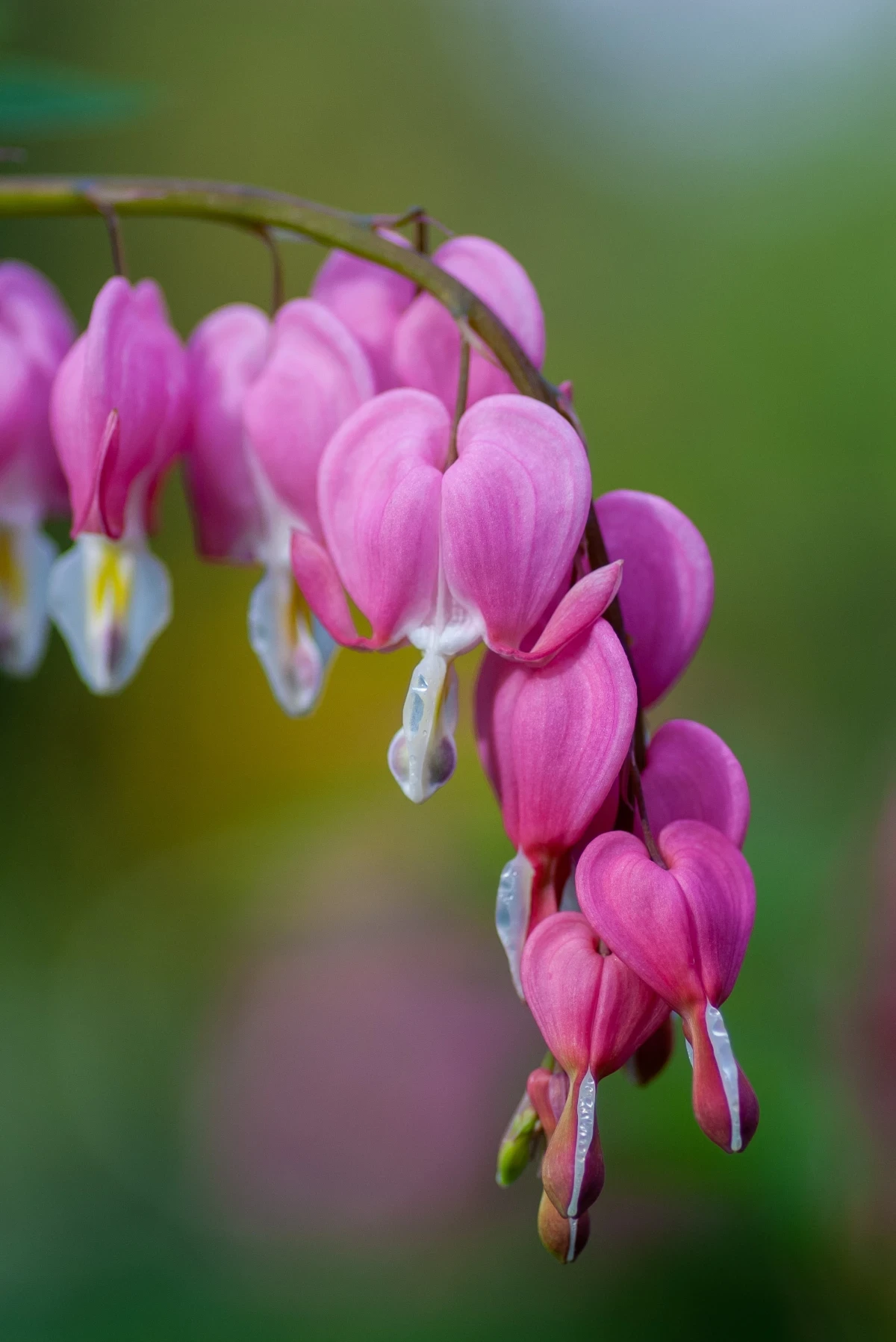
When you dig the hole, go two times wider than the pot, but no deeper. You want the top of the plant’s root ball to be level with, or even slightly above, the surrounding ground. This keeps the crown of the plant from getting soggy and rotting.
The Toughest Spot: My 3-Step Plan for Planting Under a Big Tree
Okay, for that impossible dry shade spot, here’s the game plan I’ve used for years. It takes patience, but it works.
- Don’t Dig, Top-Dress: Forget trying to dig a big bed. The tree roots will win. Instead, gently lay down a 2-inch layer of good compost right on top of the soil in the area you want to plant. The worms and microbes will work it in for you.
- Choose Your Fighters: Stick to that list of dry-shade heroes: Epimedium, Hellebores, and maybe some tough groundcovers like Spotted Dead Nettle (Lamium), which has pretty silver leaves and isn’t a bully.
- Water Like You Mean It (for the first year): This is critical. You have to help your new plants win the water war against the tree. For the entire first summer, give them a deep, thorough soaking once a week. After that, they should be tough enough to fend for themselves.
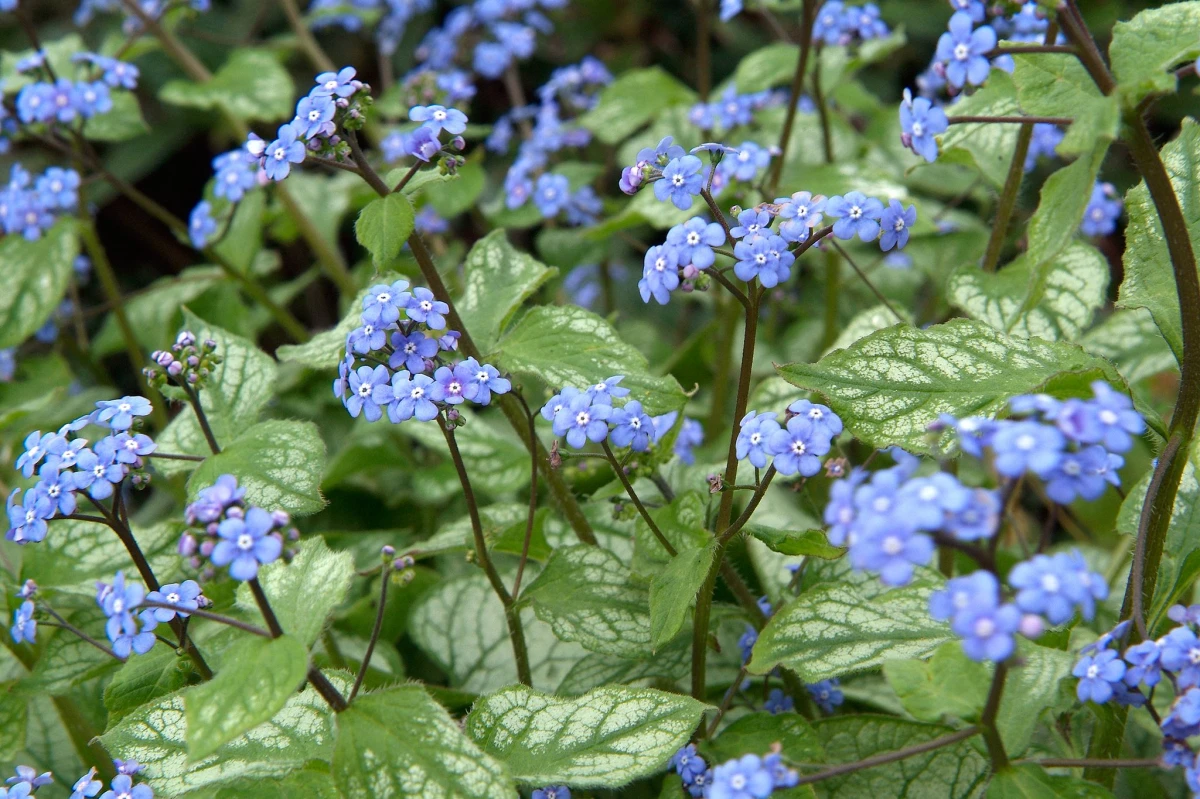
Heads Up! A Quick Word on Garden Safety
This is really important, especially if you have curious kids or pets. Some of the most beautiful shade plants are toxic if eaten. Always know what you’re planting.
- Highly Toxic: Be extremely cautious with Foxglove (Digitalis). It’s stunning, with its tall flower spikes, but it’s the source of a powerful heart medication and is very poisonous. I avoid it in gardens where children play.
- Also Toxic: Classic beauties like Lily of the Valley and Bleeding Heart are also toxic if ingested. They’re generally safe to have, just be aware.
- Pests: Slugs and snails love shade gardens. Before you reach for chemical pellets, try sinking a shallow dish of beer into the soil. It’s an old-timer trick that works amazingly well as a trap.
Finally, remember that a shade garden is a lesson in patience. It won’t look like a finished masterpiece in its first season. There’s an old gardener’s saying: the first year they sleep, the second they creep, and the third year they leap. It’s popular because it’s absolutely true. Give your new garden time to settle in and get its roots down. Before you know it, that once-frustrating patch of yard will be your favorite spot to relax—a cool, quiet, and beautifully lush retreat.
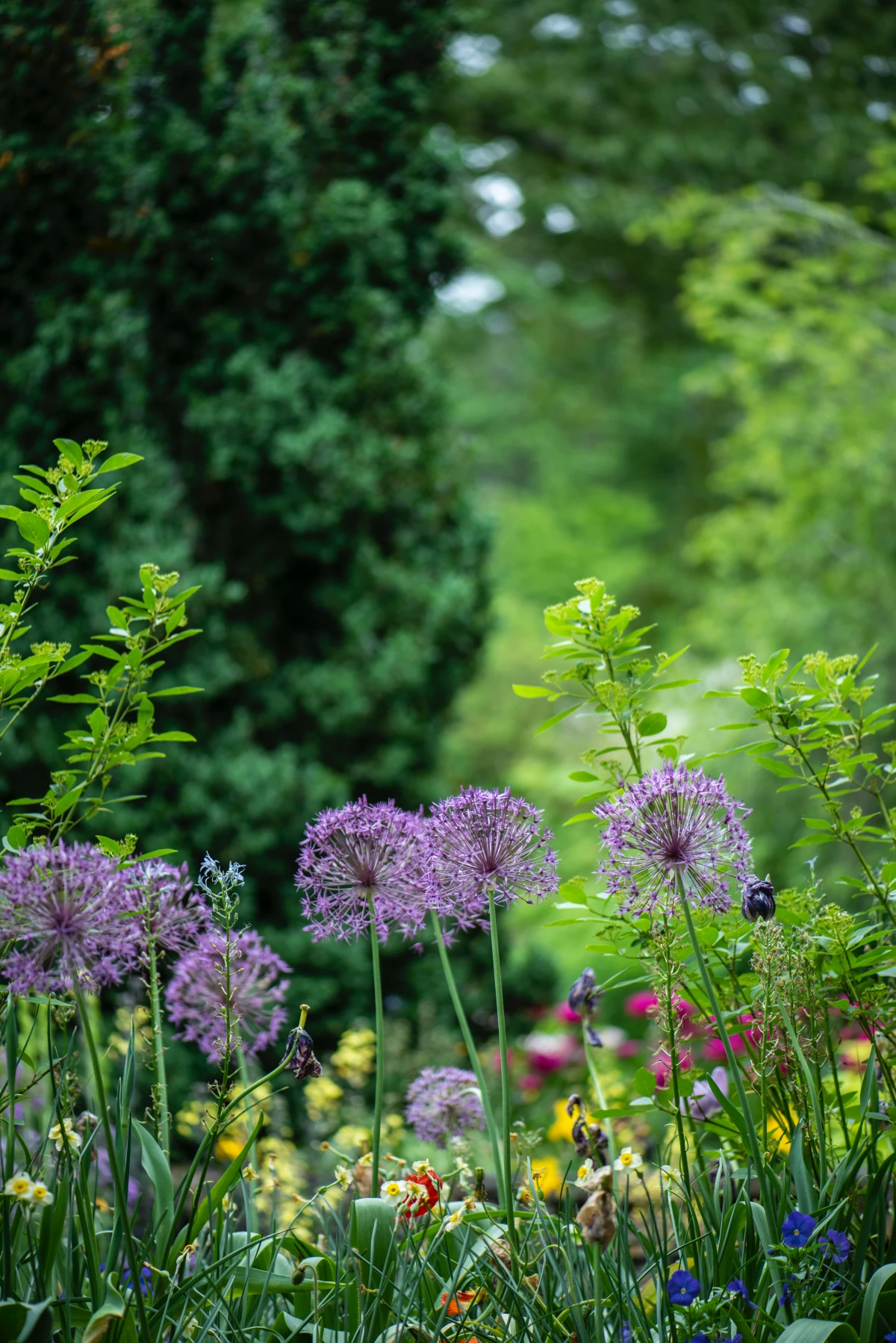
Inspirational Gallery
Did you know a mature silver maple’s roots can absorb over 50 gallons of water from the soil on a single hot summer day?
This is why the ground beneath large trees is often frustratingly dry. When planting in this ‘dry shade,’ amend the soil generously with compost to improve water retention and choose drought-tolerant champions like Epimedium (Barrenwort) or the tough-as-nails Helleborus (Lenten Rose).
Think beyond flowers. In the low light of a shade garden, texture and form are king. Create a living tapestry by combining different leaf shapes and sizes.
- Bold & Broad: The massive, corrugated leaves of Hosta ‘Sum and Substance’ or the tropical-looking foliage of Rodgersia.
- Fine & Feathery: The delicate, arching fronds of a Japanese Painted Fern (Athyrium niponicum ‘Pictum’) or the airy foliage of Astilbe.
- Sleek & Spiky: The upright, sword-like leaves of a Variegated Solomon’s Seal (Polygonatum odoratum ‘Variegatum’) add vertical drama.
The secret to a lush groundcover: It’s all about choosing the right plant for your specific needs.
Pachysandra terminalis: A classic choice for deep shade, it creates a dense, evergreen, weed-suppressing mat. It’s incredibly low-maintenance but can be slow to establish.
Ajuga reptans (Bugleweed): Offers more visual variety with colorful foliage (from deep bronze to variegated) and spikes of blue flowers. It spreads faster but can be more aggressive, requiring some management to keep it in bounds.
How do I bring color into a dark corner without much sun?
Focus on foliage! While few plants flower profusely in deep shade, many offer spectacular leaf color. Heuchera (Coral Bells) are the undisputed stars here, with varieties like ‘Citronelle’ offering shocking chartreuse or ‘Black Pearl’ providing deep, glossy black. For a pop of gold, look to Japanese Forest Grass (Hakonechloa macra ‘Aureola’), which spills over edges like a luminous waterfall.
A common mistake: Planting too close together. That tiny Hosta you bought in a 4-inch pot might grow to be three feet wide! Overcrowding blocks air circulation, which can lead to fungal issues like powdery mildew, a common problem in damp, shady spots. Always check the plant tag for its mature spread and give your new additions room to breathe and grow into their magnificent full size.
A shade garden engages more than just your eyes. It’s a sensory retreat. Notice the temperature drop as you step under the canopy of a tree. Listen to the rustle of large Hosta leaves in a gentle breeze, a sound quite different from the whisper of grass. Inhale the cool, earthy scent of damp soil and moss after a light rain. It’s a place of quiet contemplation.
- Create a natural, whimsical habitat for pollinators and small wildlife.
- Turn rotting wood into a stunning landscape feature.
- Provide a perfect microclimate for ferns, mosses, and woodland flowers.
The secret? Embrace the Victorian trend of the ‘stumpery.’ By artfully arranging old tree stumps, logs, and root balls in a shady corner, you create a living sculpture that celebrates decay and renewal, perfect for a magical, low-maintenance garden feature.
The famed Saihō-ji temple garden in Kyoto, Japan, is home to over 120 different varieties of moss, creating a velvety green carpet that has been cultivated for centuries.
You can capture a fraction of this serene magic. Instead of fighting it, encourage moss to grow between your paving stones or on a feature rock. It requires no mowing, little water once established, and provides an unparalleled feeling of age and tranquility.
Don’t let a tight budget stop you from creating a lush retreat. Many of the best shade perennials are easily propagated by division. After three or four years, a healthy clump of Hosta, Astilbe, or Brunnera can be carefully dug up and split into several smaller plants—instantly multiplying your stock for free and allowing you to fill out other areas of your garden.










